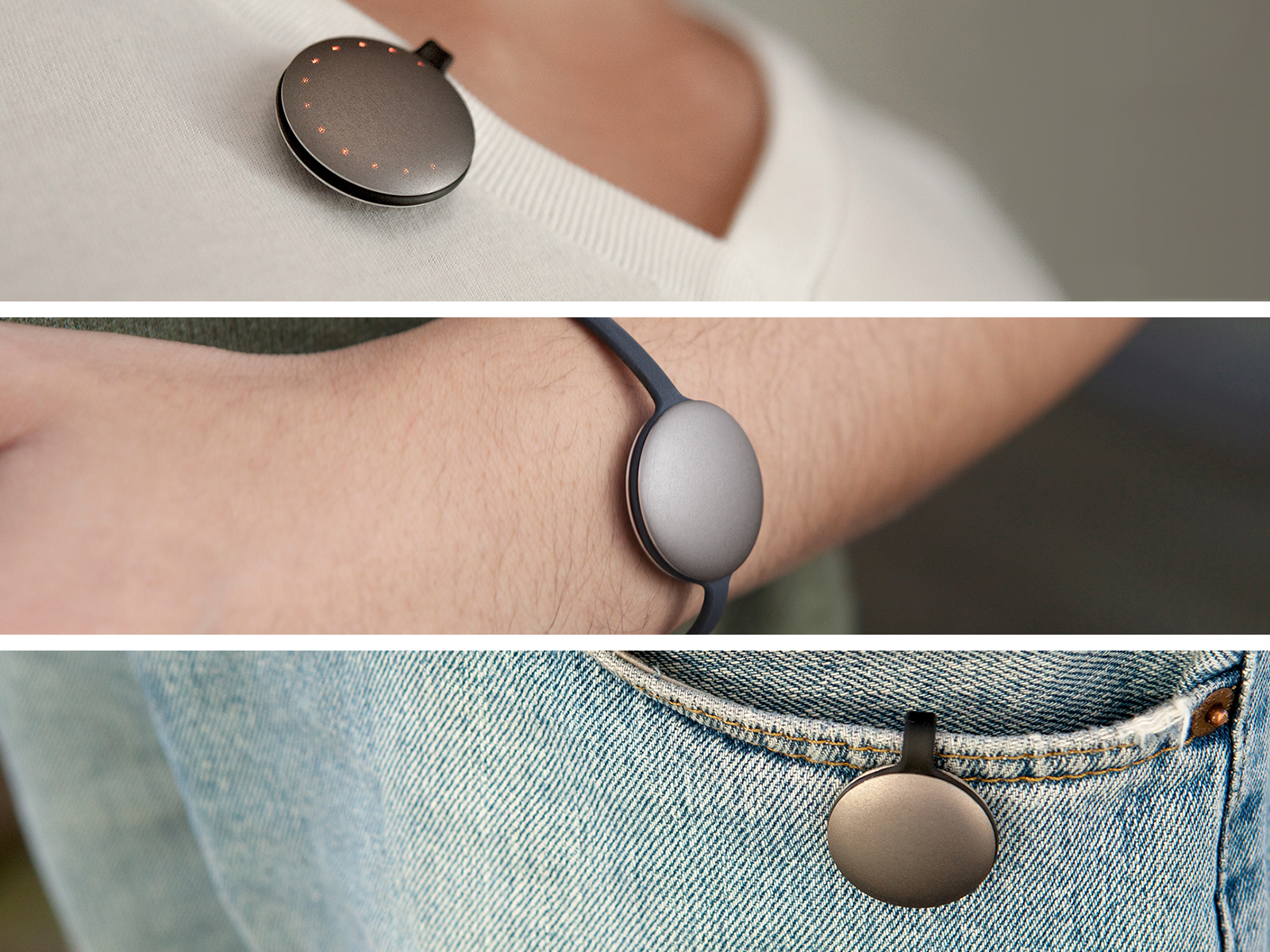The Latest Wearable Fitness Tracker Is the Size of a Quarter
Self-tracking startup Misfit Wearables announced its first product today—a movement-tracking device called the Misfit Shine.

The device joins an already busy space of activity trackers that includes the Fitbit and the UP, and frankly seems to monitor less than some other products out there. But Misfit Wearables touts the simplicity of Shine, which the company says is like jewelry to be worn on any occasion. It can be clipped onto clothing or worn like a watch.
The idea behind pedometers and other activity trackers is that users will be motivated to move more by setting goals for a minimum number of steps each day, thereby improving their health. But to my mind, a major issue is the task of remembering to wear the device. The Shine, like many other trackers, has to be strapped on or clipped on every day.
Shine is made of aluminum, is about the size of two stacked quarters, and weighs less than the same two coins. It runs on a battery that the company estimates will have to be replaced every six months. The company is taking pre-orders for the device through indiegogo.com, a crowdfunding site. The site is offering the Shine tracker for $49 for now, but says it expects the device to cost $99 later on.
Shine uses an undisclosed cord-free method to communicate with an iOS 5 device (and only an iOS 5 device) which is needed to program activity goals and store activity data. Put the device on your iPhone and Misfit’s app can read a user’s movement stats or program new goals. Shine can track walking, running, swimming, and biking according to Misfit’s promotional video. A user can check his or her progress toward a daily activity goal by tapping the top of the Shine disc—LED lights indicate how close a user is to that goal.
According to Gizmodo, an accelerometer is one of a couple different sensors inside the disc, but Misfit Wearable’s CEO Sonny Vu kept mum on what else is inside. Earlier this year, Vu told MIT Technology Review that it was developing a product with a novel measurement that is not available in other wearable devices (see “Wearing a Computer Is Good for You”). Whether that’s a secret tucked in the Shine or part of another product remains to be seen. The company estimates the Shine will start shipping to customers in March 2013.
Keep Reading
Most Popular
Large language models can do jaw-dropping things. But nobody knows exactly why.
And that's a problem. Figuring it out is one of the biggest scientific puzzles of our time and a crucial step towards controlling more powerful future models.
How scientists traced a mysterious covid case back to six toilets
When wastewater surveillance turns into a hunt for a single infected individual, the ethics get tricky.
The problem with plug-in hybrids? Their drivers.
Plug-in hybrids are often sold as a transition to EVs, but new data from Europe shows we’re still underestimating the emissions they produce.
Stay connected
Get the latest updates from
MIT Technology Review
Discover special offers, top stories, upcoming events, and more.